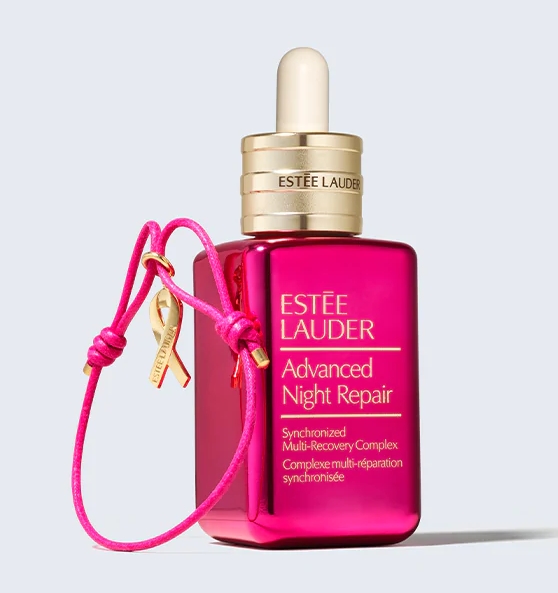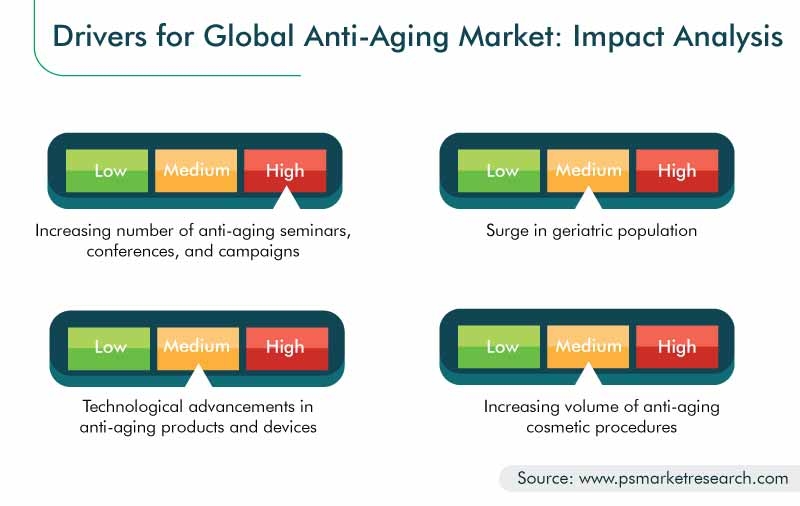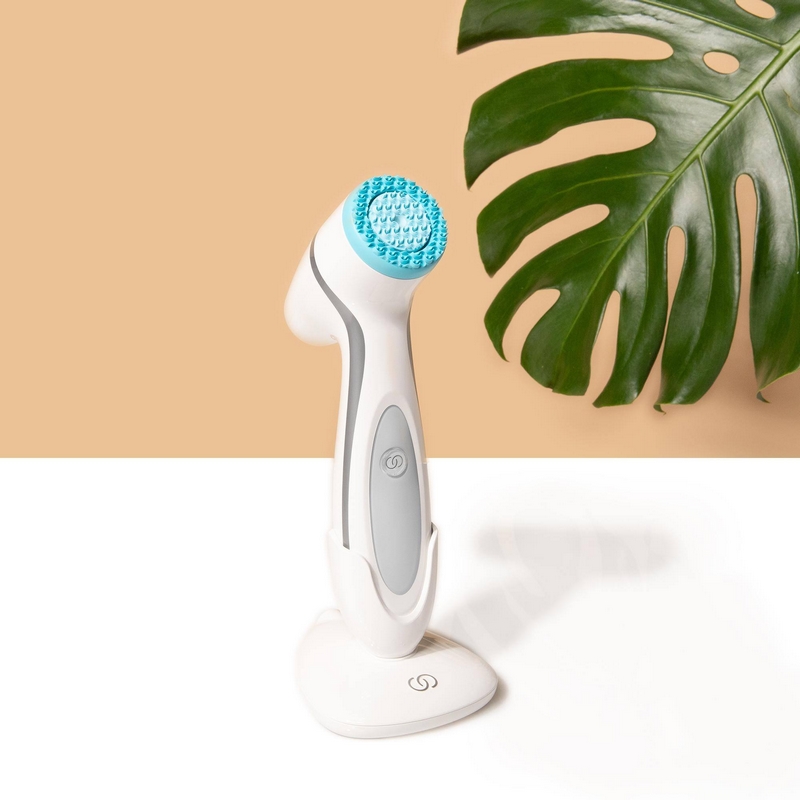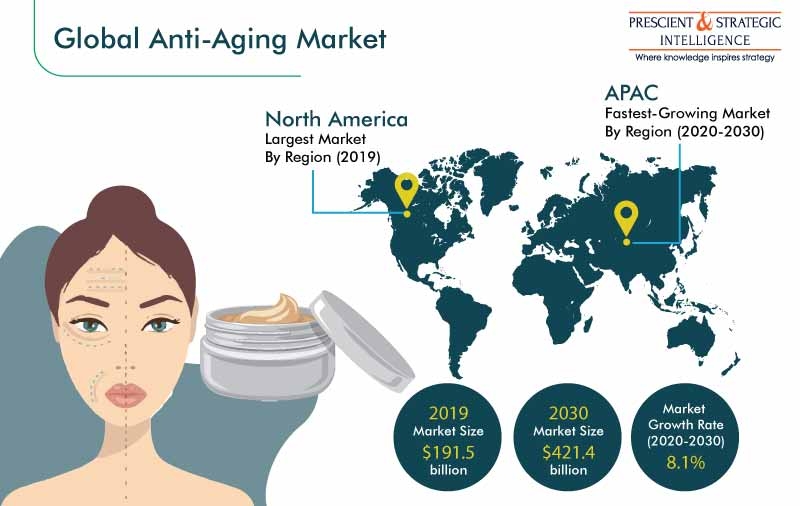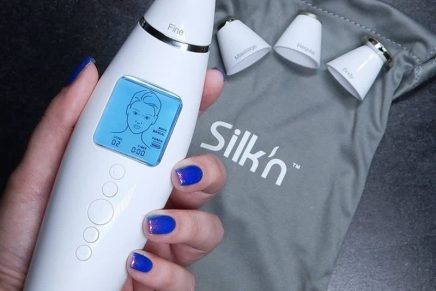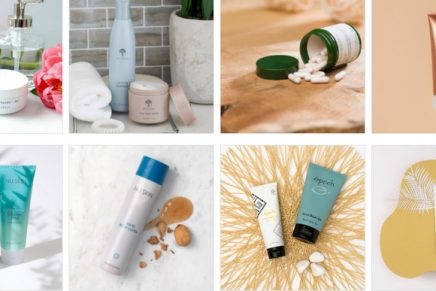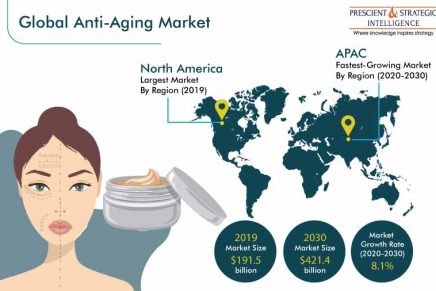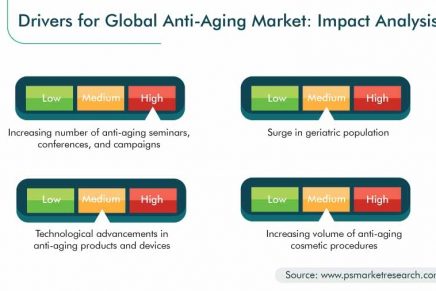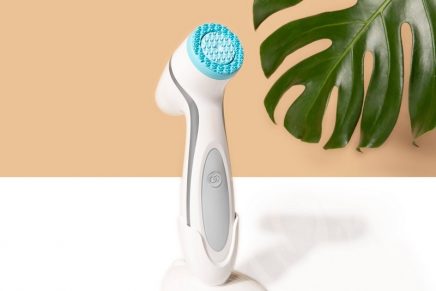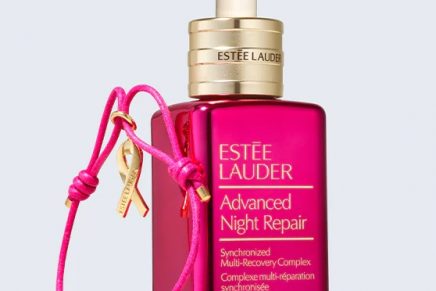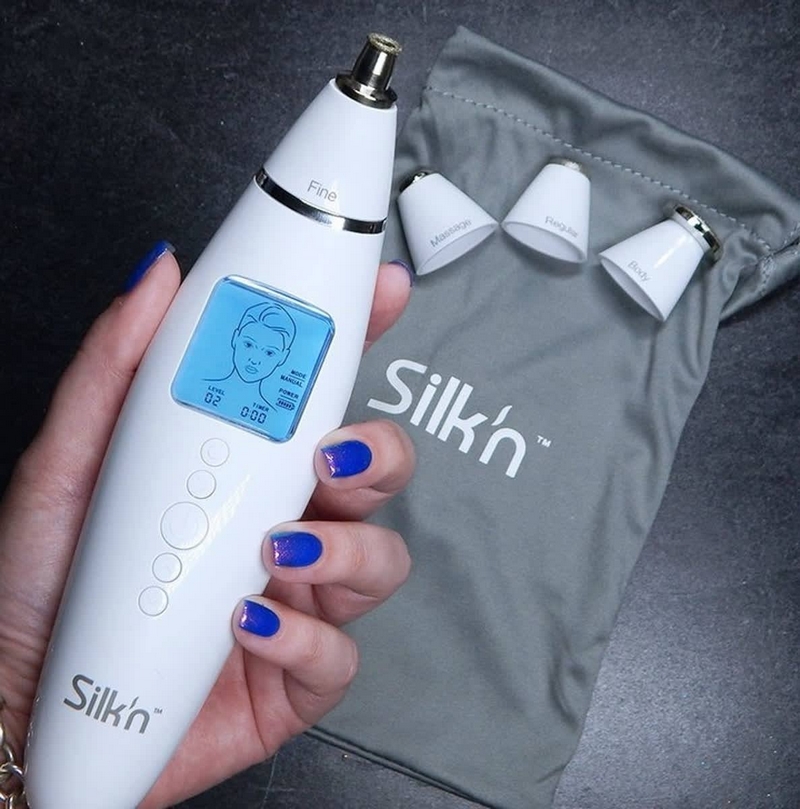
@Silk’n ReVit Prestige. Microdermabrasion exfoliates your skin, removing old, dead cells and stimulating the production of new cells giving you the appearance of smoother, more youthful skin.
Globally, the aging population plays a pivotal role in the growth of the anti-aging beauty market. Report.
The global anti-aging market generated revenue of $191.5 billion in 2019, and it is expected to progress with a CAGR of 8.1% during the forecast period (2020–2030).
As per the 2019 World Population Ageing report by the United Nations (UN), the number of people aged 65 and above on earth will increase from 703 million in 2019 to 1.5 billion in 2050. This is one of the major factors predicted to steadily drive the global anti-aging market, from $191.5 billion in 2019 to $421.4 billion by 2030, at an 8.1% CAGR between 2020 and 2030, according to P&S Intelligence. This is because, with age, the fibrous tissue and glandular network in the layers of the skin reduces, which leads to dryness, wrinkles, sagging, and pigmentary alteration.
This is benefitting the anti-aging skincare market, as, due to all these aesthetic problems, the elderly are rapidly taking steps to keep looking youthful and lively. Apart from reducing the signs of aging, such treatments and products also tighten and revitalize the skin. Moreover, the rising appearance consciousness and awareness about anti-aging treatments are encouraging the elderly to go for them.
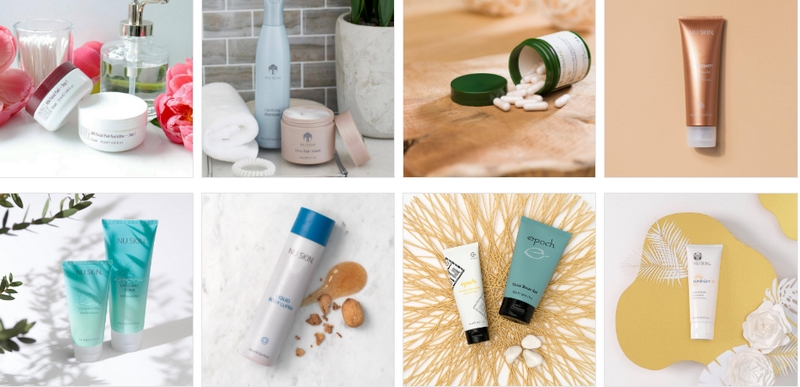
@Nu Skin Facebook Page Photos; @nuskin.com
North America is the highest revenue contributor to the anti-aging market currently, due to its rising plastic surgery volume, booming geriatric population, and increasing popularity of non-surgical cosmetic procedures and sales of at-home anti-aging products. Asia-Pacific (APAC) would witness the fastest industry advance in the next decade, owing to the rising number of elderly people, cosmetic surgeries, and conferences and seminars, which are helping raise awareness about the various beauty products and skincare treatments available.
Anti-Wrinkle Products Dominated Market in Historical Period (2014–2019), says P&S Intelligence
In 2019, the anti-wrinkle category generated the highest revenue in the anti-aging market, when segmented on the basis of product. The dominance of the category is primarily attributed to the increasing awareness about the Botox treatment for enhanced skin appearance, among consumers. Furthermore, the anti-wrinkle skincare category is sub-categorized into Botox and dermal fillers. Out of the two, dermal fillers are projected to exhibit faster growth during the forecast period.
Hair Restoration Treatments Projected To Retain Their Market Dominance during Forecast Period
In 2019, the hair restoration category accounted for the largest size in the anti-aging market, when segmented on the basis of the beauty treatment, and it is projected to remain the largest during the forecast period. The increasing number of hair transplant surgeries and growing geriatric population across the globe are the key driving factors for the advance of this treatment category.
Generation X To Advance with Highest Rate during Forecast Period
Generation X is projected to advance with the fastest pace in the anti-aging market during the forecast period, in terms of demography. Furthermore, the category is expected to remain the largest consumer of anti-aging products, followed by baby boomers, in terms of revenue contribution, throughout the forecast period. This generation is more conscious about aesthetic appearance and thus opts for anti-aging solutions for reducing the signs of aging.
Technological Advancements in Anti-Aging Products and Devices
Technologically advanced anti-aging devices and procedures help in the enhancement of human skin elasticity and tightness. These technologically advanced devices can effectively treat fine lines, wrinkles, sun spots, and cellulite, to enhance skin appearance. The major advantages of these devices include non-invasiveness and effectiveness, since they are equipped with enhanced energy-based solutions. Due to these advantages, the adoption rate of technologically advanced anti-aging devices has increased in hospitals, clinics, and homes, to treat wrinkles and stretch marks. Thus, the introduction of technologically advanced devices and treatments is expected to drive the growth of the global anti-aging market.

